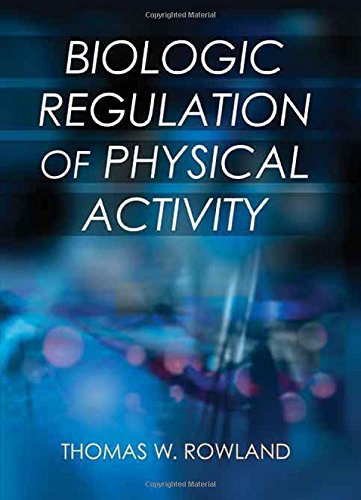

Most ebook files are in PDF format, so you can easily read them using various software such as Foxit Reader or directly on the Google Chrome browser.
Some ebook files are released by publishers in other formats such as .awz, .mobi, .epub, .fb2, etc. You may need to install specific software to read these formats on mobile/PC, such as Calibre.
Please read the tutorial at this link. https://ebooknice.com/page/post?id=faq
We offer FREE conversion to the popular formats you request; however, this may take some time. Therefore, right after payment, please email us, and we will try to provide the service as quickly as possible.
For some exceptional file formats or broken links (if any), please refrain from opening any disputes. Instead, email us first, and we will try to assist within a maximum of 6 hours.
EbookNice Team

Status:
Available0.0
0 reviewsThe benefits of a healthy lifestyle are well documented, yet many people continue to struggle with sedentary behavior and obesity. In Biologic Regulation of Physical Activity, Dr. Thomas W. Rowland posits a distinct possibility of the existence of a central biologic controller of activity. If harnessed, this mechanism could lead to breakthroughs in health science professionals’ quest for more effective ways of helping people be more active and, as a result, healthier.
Rowland is one of the most well-respected pediatric cardiologists in the United States. He has authored three other books and more than 150 journal articles and has served in several key national leadership positions in pediatric medicine. In Biologic Regulation of Physical Activity, Rowland uses his expertise, along with numerous references and direct quotes from expert witnesses, to provide a detailed account of how current research may support the existence of a biologic regulator—a mechanism in the brain that involuntarily controls biological processes—associated with physical activity. Rowland proposes a possible mechanism for such a control and explores the implications of this theory. This developing area of research and theory offers a new lens through which health professionals and those who research issues related to obesity, physical activity adherence, and sedentary behaviors can view their work.
The book moves methodically through the research, rationale, and implications of a biologic regulator of physical activity. In part I, Surveying the Evidence, readers are guided through a litany of research—both on humans and on animals—that provides support for the existence of a biologic regulator. This section synthesizes evidence from an interdisciplinary perspective, covering research on topics such as behavioral disorders, brain damage, lifetime activity patterns, and sex differences.
Part II, Rationale and Mechanisms details the possible biologic explanation for control of energy output through activity and proposes a mechanism by which it might function in order to maintain an energy in–energy out balance. The hypothesis presented in this section is that the body has a need for energy balance that leads to activity regulation, similar to how the body regulates appetite.
In part III, Implications of Biologic Regulation of Activity, some clear implications from current research, which may help health science professionals in their treatment and prevention efforts against patients’ obesity and inactivity, are discussed. Rowland also poses some critical questions for further research, if indeed a biologic controller of activity exists, such as how much effect a biologic controller might have on activity level as compared to environmental factors and whether this biologic regulator could be altered.
This book will initiate further discussion, examination, and research into the idea that physical activity may be, at least in part, controlled by a central biologic regulator. Further study may lead to a widespread realization that there is an involuntary biologic regulator of activity that, once fully understood, could lead researchers to discover alternative interventions in the fight against inactivity and obesity.